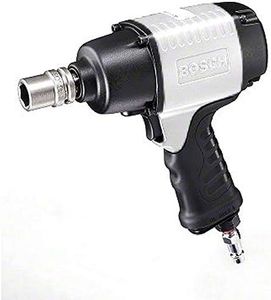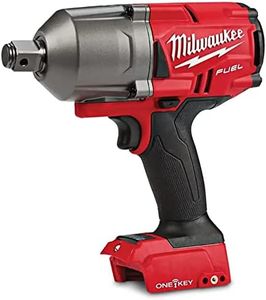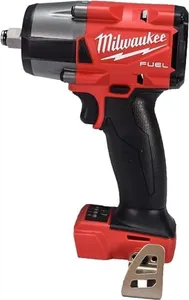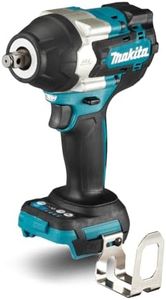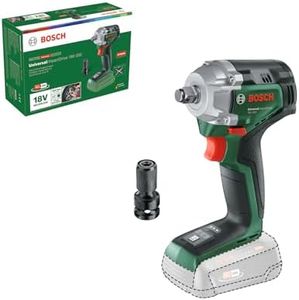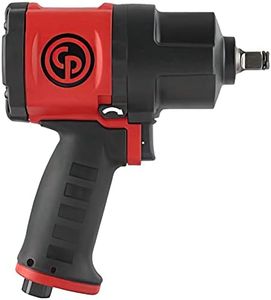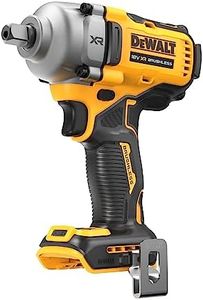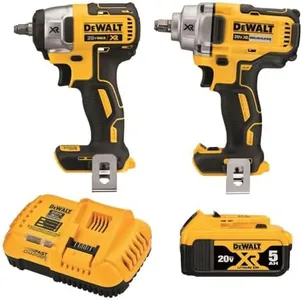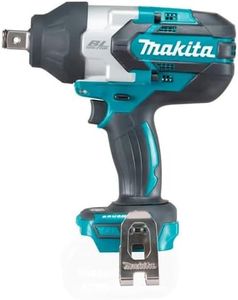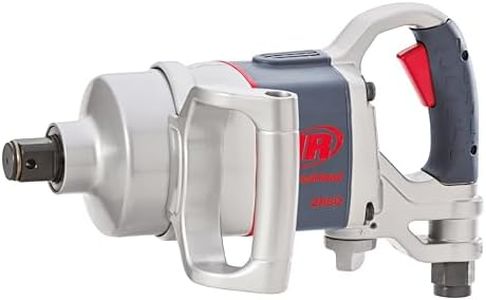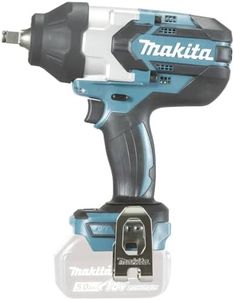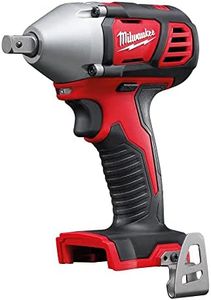We Use CookiesWe use cookies to enhance the security, performance,
functionality and for analytical and promotional activities. By continuing to browse this site you
are agreeing to our privacy policy
10 Best Impact Wrenches
From leading brands and best sellers available on the web.Buying Guide for the Best Impact Wrenches
Choosing an impact wrench can make your tasks both easier and faster, especially if you deal with lug nuts, bolts, or other hardware regularly. The right impact wrench for you depends on what you plan to use it for, the type of power source you prefer, and the amount of torque you need. Focus on ergonomics, power delivery, and usability for your typical jobs. Understanding the key features will help you pick the tool that matches your needs and avoids unnecessary frustration or overspending.Power Source (Corded, Cordless, Pneumatic)The power source of an impact wrench refers to how it gets its energy to work, and this can make a big difference in convenience and performance. Corded electric models plug into an outlet and offer consistent power, making them suitable for indoor use or where outlets are accessible. Cordless models use rechargeable batteries, prioritizing portability and freedom of movement, especially useful if you work away from power sources. Pneumatic impact wrenches run on compressed air, delivering high power and consistent force, making them a favorite in professional automotive or industrial settings. Choosing the right power source depends on how portable you need your tool to be and whether you already have the necessary equipment like compressors.
Torque OutputTorque is the force the impact wrench can deliver to tighten or loosen bolts, measured in foot-pounds (ft-lbs) or Newton-meters (Nm). This is crucial because too little torque won't handle stubborn or large fasteners, while too much torque can damage parts or strip threads. Light-duty wrenches, producing lower torque (around 100–200 ft-lbs), are great for smaller household jobs. Medium-duty options (200–500 ft-lbs) suit automotive tire changes and general repair work. Heavy-duty models (over 500 ft-lbs) are better for big trucks, construction, or stuck fasteners. You should estimate the toughest job you might tackle and pick a wrench with enough torque to handle it, but not so much that it's hard to control.
Drive SizeDrive size refers to the size of the square connector where you attach sockets, commonly 1/4-inch, 3/8-inch, 1/2-inch, 3/4-inch, and 1-inch. The drive size determines what size bolts and nuts you can work with and the typical applications for the wrench. Smaller drives (1/4-inch and 3/8-inch) are for lighter work and more precision, such as electronics or smaller machinery. The most common size, 1/2-inch, works for automotive and general tasks. Larger drives (3/4-inch and 1-inch) handle heavy equipment and industrial work. Pick a drive size that fits the kind of sockets you already have and matches the jobs you do most often.
Impacts Per Minute (IPM)Impacts Per Minute (IPM) measures how often the internal mechanism of the wrench delivers its hammering action to provide torque. More IPM means the tool can deal with stubborn fasteners more quickly and efficiently. Lower IPM is fine for occasional home use and general tasks, while a higher IPM is preferred for professional work or frequent jobs requiring fast removal. Choose a wrench with an IPM level that matches how much time you want to spend on each bolt and the type of work you’re doing.
Weight and ErgonomicsThe weight and design of an impact wrench affect how comfortable it is to use, especially during longer tasks. Heavier models can lead to fatigue, but sometimes they are more powerful. The shape of the handle, trigger placement, and balance also matter for control and comfort. If you’ll use the tool for extended periods or in awkward positions, a lighter, well-balanced wrench with a comfortable grip is more important. Always think about how the tool will feel in your hand for the kind of jobs you normally tackle.
Speed ControlSpeed control refers to the ability to adjust how fast the wrench spins, usually measured in revolutions per minute (RPM). Some impact wrenches have variable speed triggers or multiple speed settings, making them versatile for different tasks. Low speed works for starting fasteners, while high speed is for quickly removing or tightening bolts. Having good control helps prevent accidentally overtightening or stripping fasteners. If you work with a variety of materials or fastener sizes, look for a wrench with more speed control options.
